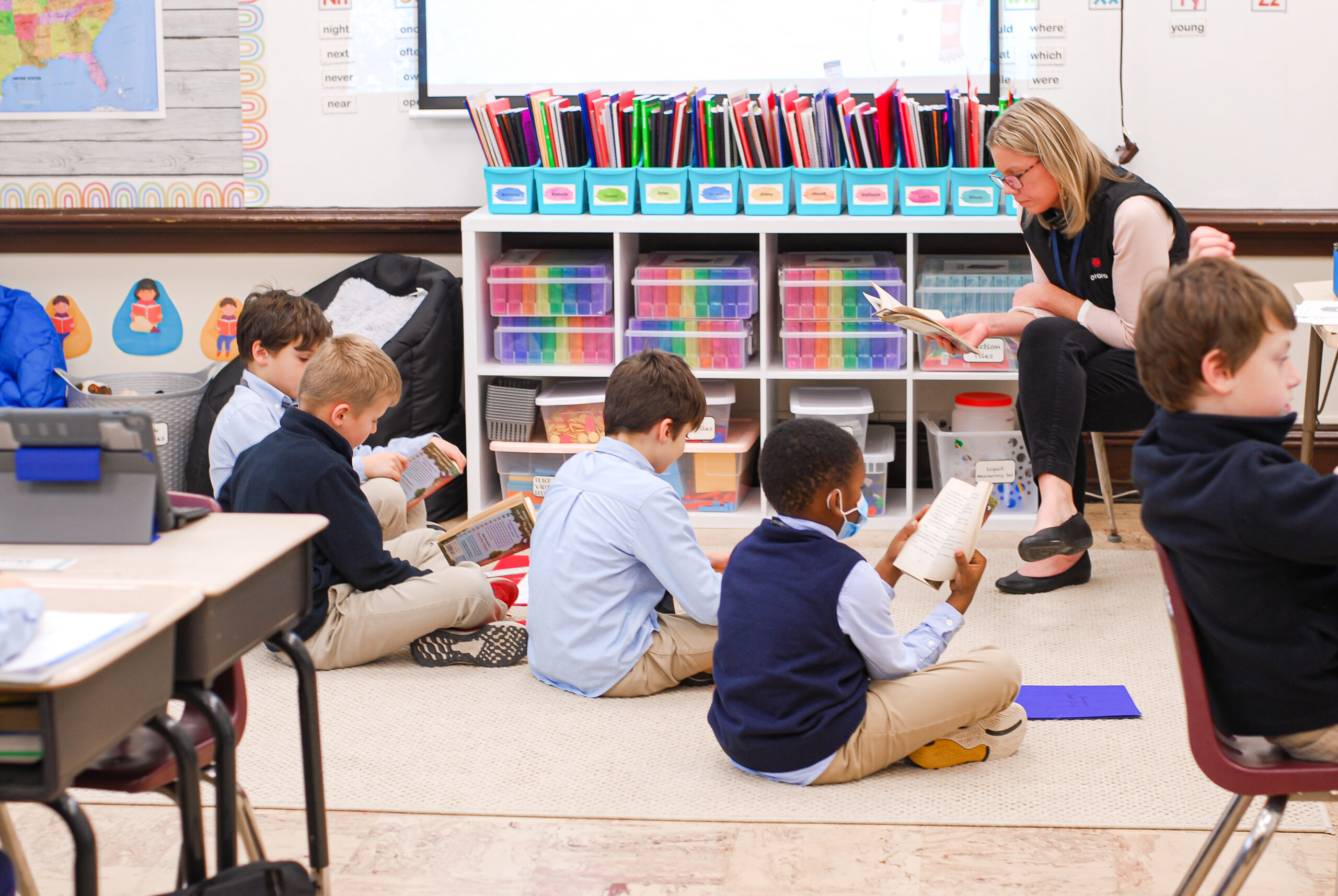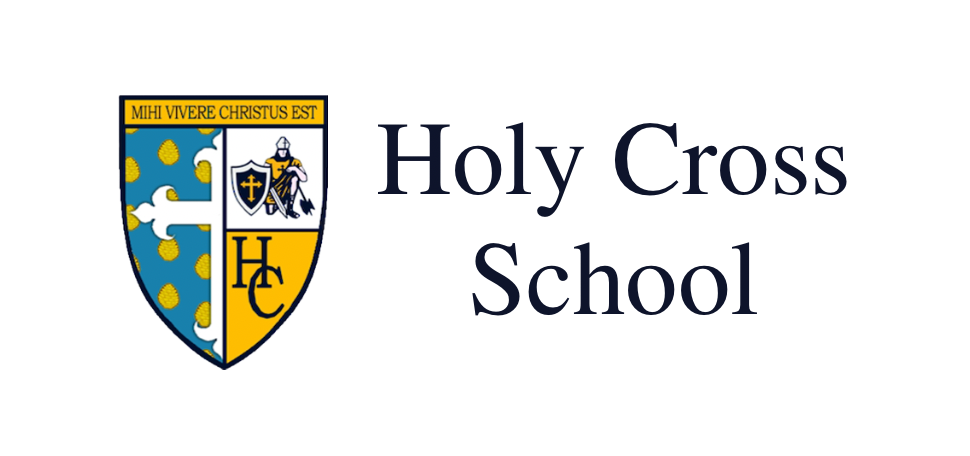3rd Grade Curriculum
 Language Arts and Writing
Language Arts and Writing
Third graders continue to strengthen fluency skills while reading for understanding and information in text. Students also:
- Read from a variety of genres including fiction, nonfiction, classical and contemporary
- Complete book projects
- Have weekly spelling tests
- Practice cursive handwriting
- Learn conventions of speaking and writing the English language
- Focus on grammar (parts of speech, sentence/paragraph structure)
- Use written language to inform, persuade, explain & share experiences
Social Studies
Social studies instruction explores how communities grow and change over time, contributions of various groups to the growth of US communities, and the US Government. Map reading skills are integrated throughout the year. Students spend time in the spring learning about an important historical figure in preparation for the annual Wax Museum.
Science
The science curriculum encourages students to work independently and collaboratively to find creative solutions to complex problems. In third grade students explore:
- Plants and Animals
- Matter
- Energy and Motion
- Conservation and Rocks
- Health and Wellness
Religion
Third graders continue to learn about elements of the Catholic faith such as the Trinity, the Spiritual and Corporal Works of Mercy, forms of prayer and the Rosary, the 10 Commandments and Marks of the Church. The Circle of Grace curriculum is taught to provide a holistic approach to the safety, well-being, and spiritual formation of children. Third graders attend weekly Mass as well as host Mass throughout the school year. In the fall, third graders prepare for the Sacraments of First Communion and Confirmation.
Math
Students continue to work in the Sadlier Progress in Mathematics program to explore:
- The base ten place value system
- Addition and subtraction of whole numbers within 1,000
- Whole number operations
- Making change up to $1.00
- Rounding numbers
- Multiplication & related division facts
- Fractions as part of a whole
- Compare, add, and subtract fractions with like denominators
- Perimeter, area, and volume
- Right, acute, and obtuse angles, lines, points, rays, and segments
- Identify standard and metric units of measurement and apply them to solve problems involving length, width, and weight of objects
- Read and interpret various graphs, charts and tables, line plots
- Reading and recording data
- Problem solving
